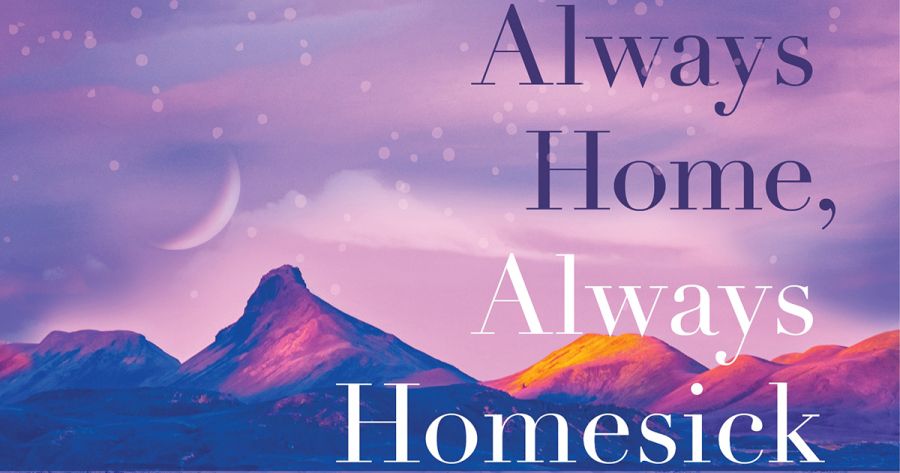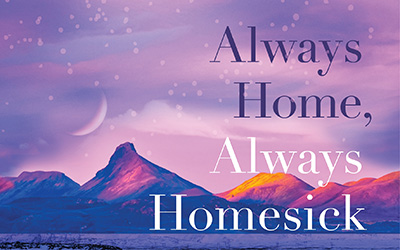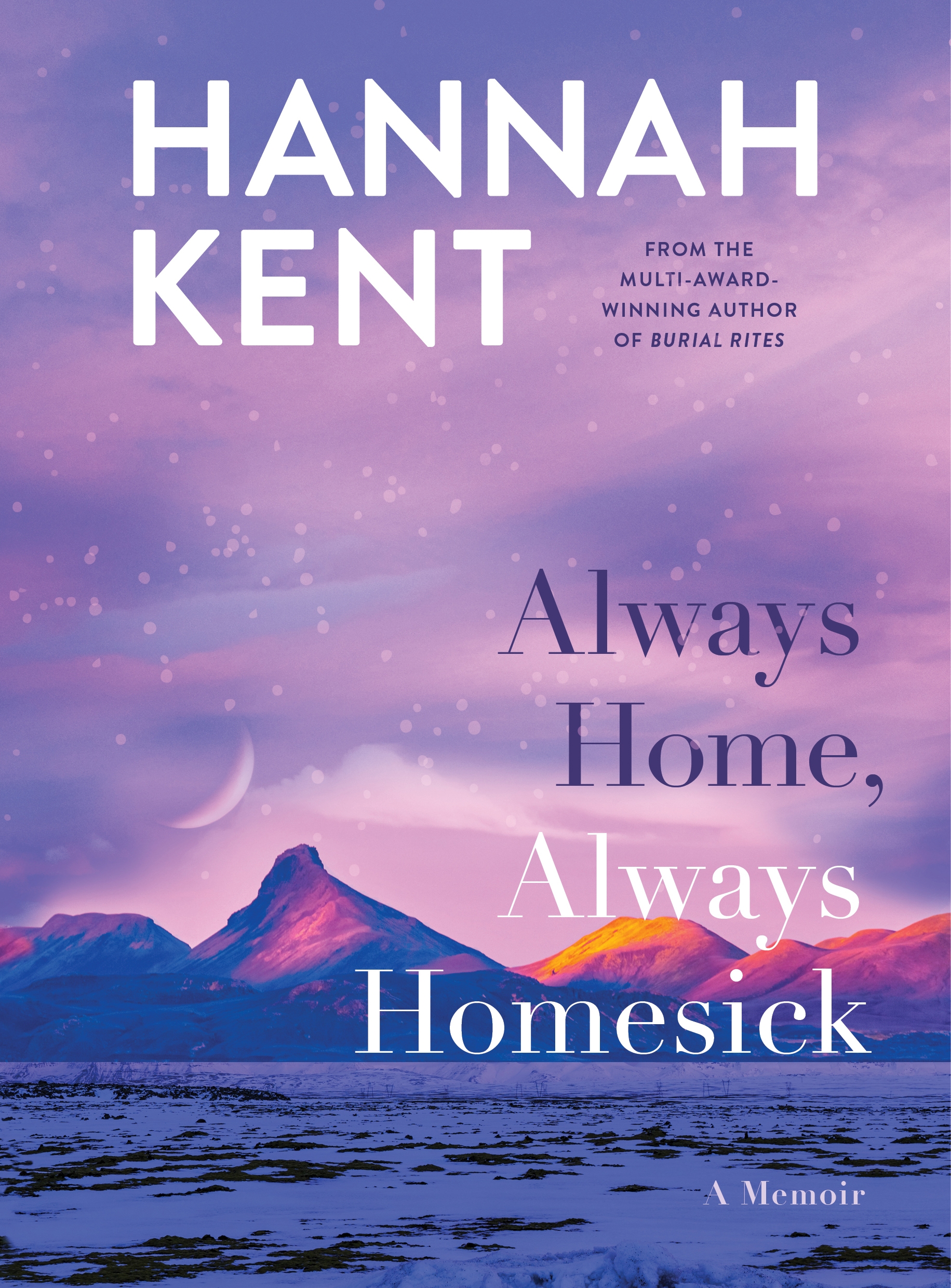
- Free Article: No
- Contents Category: Memoir
- Review Article: Yes
- Article Title: Creative rites
- Article Subtitle: Hannah Kent’s Iceland memoir
- Online Only: No
- Custom Highlight Text:
If you were asked to come up with three cultural touchstones for the nation of Iceland, there’s a good chance that you would nominate Hannah Kent’s 2013 novel Burial Rites, perhaps along with the music of Björk and Sigur Rós. Burial Rites might be a bit of a cheat, given that Kent is an Australian novelist. Nevertheless, this novel, which tells the story of a woman executed in Iceland in the nineteenth century, has been an enormous success. Translated into more than twenty languages, it sold millions of copies worldwide and is set to become a film. It surely put Iceland on the map for many readers.
- Featured Image (400px * 250px):

- Alt Tag (Featured Image): Maria Takolander reviews ‘Always Home, Always Homesick’ by Hannah Kent
- Book 1 Title: Always Home, Always Homesick
- Book 1 Biblio: Picador, $36.99 hb, 352 pp
- Book 1 Cover Small (400 x 600):

- Book 1 Cover (800 x 1200):

- Book 1 Readings Link: https://www.readings.com.au/product/9781761268434/always-home-always-homesick--hannah-kent--2025--9781761268434#rac:jokjjzr6ly9m
Kent followed up with two subsequent novels, The Good People (2016) and Devotion (2021), which haven’t been as successful, though few Australian writers would complain about her sales figures or about having a second book (The Good People) optioned for film. These later novels follow closely in the footsteps of Kent’s début in that they are characterised by an interest in nineteenth-century history as well as by a Brontë-esque Romantic – indeed, borderline Gothic – sensibility, evident in emotionally charged plots and portrayals of the natural world. Set as they are in less ‘exotic’ locations – Ireland and South Australia respectively – both books failed to hit the same heights as Burial Rites. This is perhaps a testament to the power of Iceland as the original setting for Kent’s brand of historical romance.
In her latest offering, Always Home, Always Homesick, Kent turns her hand to memoir, but she also returns to her original wellspring of inspiration. Billed as ‘a love letter from a writer to her muse’, the memoir charts how she came to Iceland as an exchange student before returning as an adult to investigate the history of the executed woman, Agnes Magnúsdottir, as material for a novel. In the process of telling the story of how Burial Rites came into existence, Kent pays tribute to Iceland’s stark and stunning landscapes, its people and sagas, its history and language. She also subtly works to justify her creative right to represent Iceland’s past, making a case for that nation to be considered her second home. This agenda is apparent in the memoir’s title, which references a confusion about the concept of home – a sensation of simultaneous belonging and alienation – more typically experienced by migrants. It is also apparent in the dedication ‘To those who call me daughter’, which gestures to some of the adults in whose homes she stayed as an exchange student.
This is not to suggest that Kent’s memoir is defensive or polemical. On the contrary, it is comfortably conventional, tracking Kent’s journey from a homesick teenage exchange student to a relaxed member of one of her host families, from feeling the stirrings of the inspiration for Burial Rites to being honoured for that publication in Iceland itself. Icelanders, for the record, don’t appear to be put out by Kent’s appropriation of one of their stories.
Kent’s memoir is probably most entertaining when the author exploits her initial youthful culture shock – testament to the creative value of being an outsider. When Kent first arrives in the wintry depths of Scandinavia, she is housed with a small family whose members barely speak. She finds herself pitted against twenty hours of darkness a day. The wind is so strong that it can blow cars off the road, though inside there is no way to know, because the wind is invisible owing to the absence of trees. The language – which to my ears sounds like the reverse language of the mysterious ‘White Lodge’ scenes in Twin Peaks – is bamboozling. Then there are the challenges of traditional cuisine. At a midwinter feast, the teenage Kent is served hrútsprungar, which she describes as ‘lambs’s testicles’, ‘pressed into a loaf bound with something clear and gelatinous’; sviðasulta, which is ‘the boiled meat of a sheep head that has been pressed into a mould’; and súr hvalur, or whale blubber, the eating of which resembles ‘biting into a lipstick made of fish’. To Kent’s enormous credit, it is only when she eats hákarl, or rotten shark, that she finally gives into some heartfelt vomiting. Her host mother admits ‘I don’t like it either.’ At this point, Kent remembers those fellow exchange students who were sent to France. ‘Arseholes,’ she thinks.
The comedy is welcome, balancing a dominant lyrical mode through which Kent demonstrates her access to special levels of feeling. Kent, we learn early on in the memoir, has always felt in tune with ‘the witchiness of the world’ and, after living in Iceland, begins writing in a way that ‘feels like a prayer’. I am the first to admit that my discomfort with such sentiments can’t be divorced from my personal tastes. I am not one to interpret coincidence as fate, consult mediums, or interpret dreams as omens. Kent’s expressed inclinations along those lines do provide a new context for understanding the mystical tendencies evident in her fiction. Other interesting insights into Kent’s creative practice are also available, including the note that Burial Rites started life as a verse novel.
There are also compelling titbits about Iceland, such as the suggestion that their horses have two extra gaits. In addition to the ability to walk, trot and gallop, they can apparently perform ‘tölt and skeið’. Writing this, I have belatedly remembered an extraordinary film called Godland (2012) by the Icelandic director Hlynur Pálmason. It is a film about the impact of Danish colonialism in Iceland – not something Kent appears to have strong feelings about – and features their horses, perhaps running in just such ways. There, another cultural touchstone for my list.


Comments powered by CComment